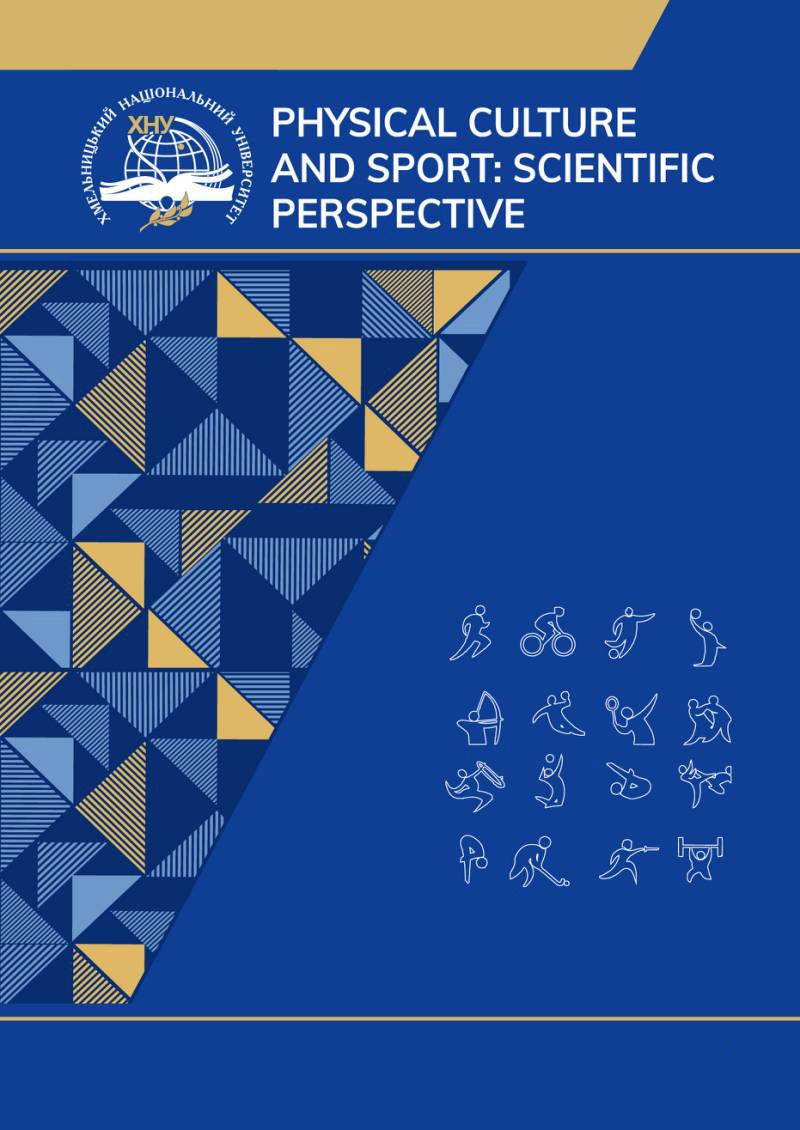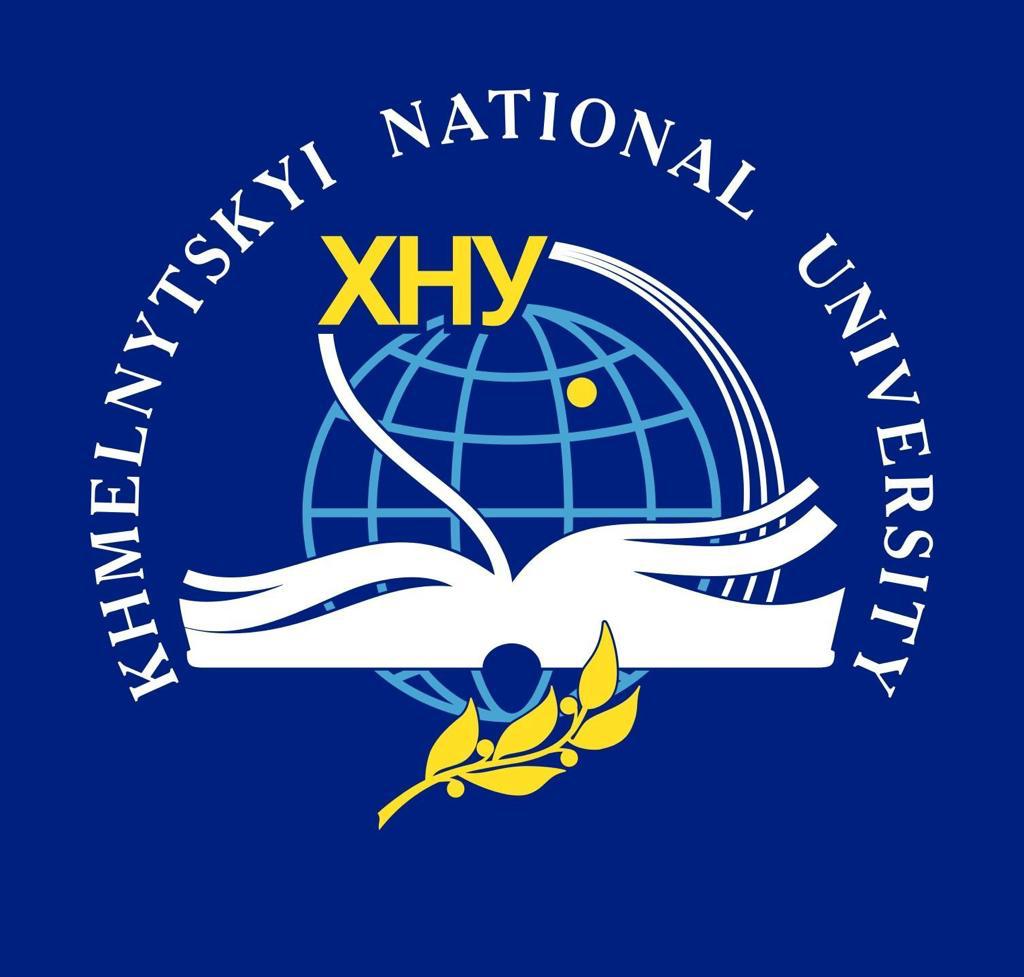СУТНІСТЬ ПОНЯТТЯ «СПОРТИВНА АНІМАЦІЯ» ТА ЇЇ КЛАСИФІКАЦІЯ
DOI:
https://doi.org/10.31891/pcs.2024.1.60Ключові слова:
фізична культура, анімація, спортивна анімація, анімаційна діяльність, збереження здоров’я, культура здоров’яАнотація
У статті визначено, що під впливом політичних, соціально-економічних, освітніх тенденцій відбувається зниження рухової активності дітей. У зв’язку з цим виникає необхідність відновлення життєвих та фізичних сил, які учні втрачають під час навчання, емоційного напруження, стресу, цілодобового проведення часу за гаджетами та комп’ютером. Що, в свою чергу, сприяє активному пошуку нових методів та засобів відновлення фізичного та психоемоціійного станів. Метою статті стало : уточнити сутність поняття «спортивна анімація» на основі аналізу досліджень науковців та сформулювати її класифікацію на сьогодення. На основі здійсненого аналізу теоретичного матеріалу проаналізовано поняття «анімація», надано визначення «спортивної анімації» як виду рекреаційної діяльності в галузі фізичної культури, розглянуто види «спортивної анімації» як різновиду анімаційної діяльності спрямованої на формування здорового способу життя, із залученням учасників до активної, креативної, творчої, міжособистісної взаємодії, за яких досягається найбільший оздоровчо-відновлюваний ефект за допомогою спортивних засобів фізичного виховання. Вона передбачає фізичне і психоемоційне відновлення, залучення до творчої та соціальної активності, отримуючи від цього задоволення.
На основі теоретичного аналізу та систематизації праць науковців визначено власну класифікацію видів спортивної анімаціїї, до якої відносяться: рухливі ігри; рекреаційні спортивні ігри; спортивно-масові заходи; фізкультурно-оздоровчі заходи.
Отже, спортивну анімацію можна розглядати як вид масової рекреаційної фізичної культури, а її види спрямовані на задоволення потреб людини до збереження та зміцнення здоров’я, популяризацію здорового способу життя, заохочення до занять фізичною культурою і спортом, рекреацію населення та національно-патріотичне виховання.
Посилання
State targeted social program for the development of physical culture and sports for the period until 2024. URL: https://zakon.rada.gov.ua/laws/show/115-2017-%D0%BF#Text (date of aplication 9.12.2023).
Law of Ukraine "On Education". URL: http://zakon5.rada.gov.ua/laws/show/2145-19 (date of aplication
Strategy for the development of physical education and sports among student youth for the period until 2025. URL: http://sportmon.org/wp-content/uploads/2019/03/Strategiya-rozvitku-FV.-ta-Sportu-do-2025-roku_compressed.pdf (date of aplication 9.12.2023).
Andrushchenko, V. P. (2014). Philosophy of education of the 21st century: search for priorities. Scientific journal of the National Pedagogical University named after M.P. Drahomanova. Series 7: Religious studies. Culturology. Philosophy, (issue 31 (44)), 3–9.
Kremen, V. G. (2002). Philosophy of education of the 21st century. Tribune, (11/12), 10–13.
Levkivska, O. P. (2000). Psychological foundations of the formation of a healthy lifestyle in teenagers. Psychological foundations in the educational space. coll. of science works, 24–27.
Dubrovina, V. V. (2017). Gender differences in cultural and leisure practices of modern youth. Student science: coll. study of science Art. in pedagogy and psychology: Sumy: Publishing House of Sumy State University named after A.S. Makarenko, (2), 130–134.
Zhdanovych, Y. M. (2016). Pedagogical animation as a means of socio-pedagogical support for children of forced migrants. Scientific notes [Nizhyn State University named after Mykola Gogol]. Psychological and pedagogical sciences, (1), 119-123. URL: http://nbuv.gov.ua/UJRN/Nzspp_2016_1_23 (date of aplication 13.11.2023).
Mazepa, T. (2019). The role of cultural animation in preserving the spiritual values of a globalized society. Bulletin of the National Academy of Managerial Personnel of Culture and Arts, (1), 85–90.
Kononchuk, D. (2017). Socio-pedagogical aspects of animation activity. Educational space of Ukraine, (10), 146–154. DOI: https://doi.org/10.15330/esu.10.146-154 (date of aplication
Maksimovska, N. (2017). SYSTEM OF ANIMATED SOCIAL-EDUCATIONAL ACTIVITY: INNOVATIVE DIMENSION. Pedagogical sciences: theory, history, innovative technologies, (5(69)), 121–132. DOI: https://doi.org/10.24139/2312-5993/2017.05/121-131 (date of aplication 13.11.2023).
Kolesnyk, S. V., Roda, O. B. (2021). The use of animation technologies to improve the physical activity of schoolchildren. Fitness, nutrition and active longevity: coll. theses add. And International. science and practice conf. (March 23, 2021) / editor: A. V. Tsyos, S. Ya. Indika. - Lutsk: Volyn. national University named after Lesi Ukraink, 25.
Lesina, T. M. (2011). Innovative potential of animation activity in socio-pedagogical work with maladapted children and adolescents. Collection of scientific works of K-PNU named after Ivan Ohienko, 295–302.
Vindyuk, A. (2020). SPORTS AND WELLNESS ANIMATION: TYPES, FUNCTIONS, FEATURES OF THE ORGANIZATION. Academic Notes Series Pedagogical Science, 1(190), 15–19. https://doi.org/10.36550/2415-7988-2020-1-190-15-19 (date of aplication 8.11.2023).
Skrypchenko, I. T. (2016). Tourist animation as a component of professional training of specialists to work in the field of children’s and youth tourism. Health, Sport, Rehabilitation, 2(4), 7–61. DOI: https://doi.org/10.34142/HSR.2016.02.04.11 (date of aplication 8.11.2023).
Naumchuk, V., Sydoruk, A., & Makovetska, N. (2020). Formation of Readiness of Future Teachers of Physical Education for Animation Activity in Secondary Schools of Ukraine. International Journal of Human Movement and Sports Sciences, 8(6), 403–412. https://doi.org/10.13189/saj.2020.080612 (date of aplication 8.11.2023).
Podubinska, S.V. (2018). The use of animation in the group work of future physical education teachers. Physical activity and quality of human life: collection. theses add. II International science and practice conf. (May 22–24, 2018) / edited by: A. V. Tsyos, S. Ya. Indika. – Lutsk: Eastern Europe. national University named after Lesya Ukrainka, 52.
Zheleva-Terzieva, D. (2018). Survey the opinion and interest of students-pedagogues to the sport animation practice in an educational environment. Trakia Journal of Science, 16(2), 90–94. https://doi.org/10.15547/tjs.2018.02.003 (date of aplication 8.11.2023).
Pompl, W. (1983). The concept of animation: Aspects of tourism services. B: Tourism Management, 4 (1), 3-11.
Dictionary of foreign words / Compilation. L. O. Pustotsvit and others. - K., 2000. - 1018 p.
Pasichniak, L. V. (2017). Design and implementation of sports animation programs in places of public recreation: autoref. thesis ... candidate sciences in physics education and sports: 24.00.02, Kyiv,. 24 p.
Encyclopedia for specialists in the social sphere / under general editorship. I. Zvereva. - Kyiv-Simferopol: Universum, 2012. - 536 p.
Corpus of encyclopedic editions of Ukraine: bibliographic online index [website] / Incl. M.G. Zheleznyak, O.S. Ishchenko and others. Kyiv: Institute of Encyclopedic Research of the National Academy of Sciences of Ukraine, 2023. DOI: https://doi.org/10.37068/b/cuebi (date of aplication 19.11.2023).
Chalii, L. V. (2019). Student's sports animation activity in the context of life competence. Public education. Electronic scientific publication.. 3(39).
Dinev, P., Tomova, S. (2008). Sport animation. Varna: UE "Science and economics".
Alyoshina, A. Sports animation in places of active recreation (2016). Youth scientific bulletin of Lesya Ukrainka East European National University. Physical education and sports: magazine. Lutsk: Eastern Europe. national University named after Lesi Ukrainka, (23), 25–27.





